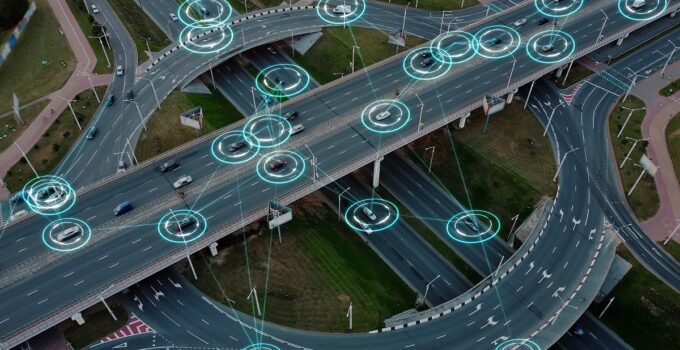Autonomous vehicles aren’t just a sci-fi dream anymore. They’re on our roads, reshaping how we think about driving, safety, and even city planning. Here’s how this tech is steering us into a new era.
1. Safer Streets with Fewer Accidents
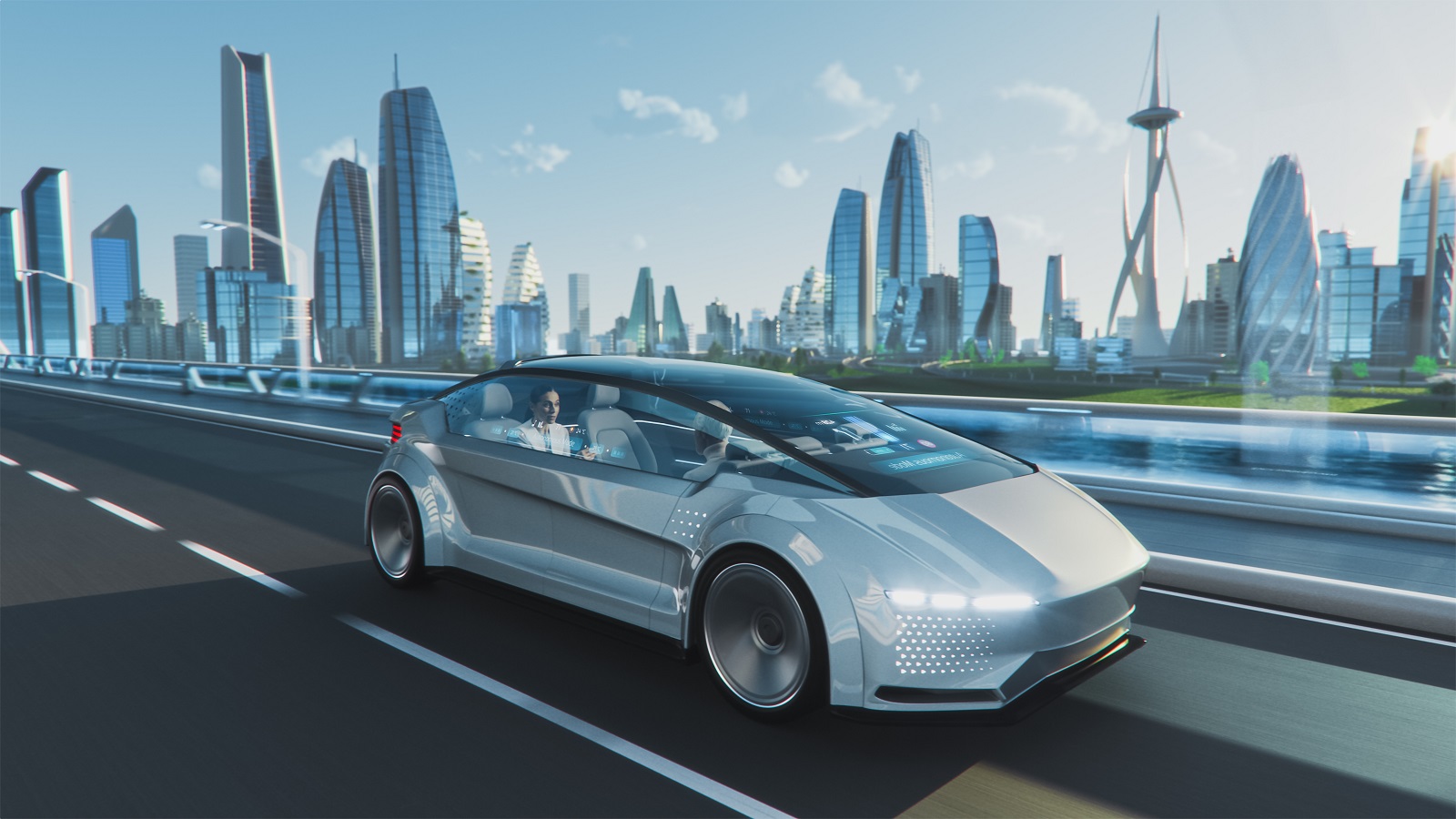
Image Credit: Shutterstock / Gorodenkoff
Self-driving cars can reduce human error, the cause of most accidents. Their sensors and AI make quicker, more accurate decisions than tired or distracted drivers.
2. Smooth Traffic Flow
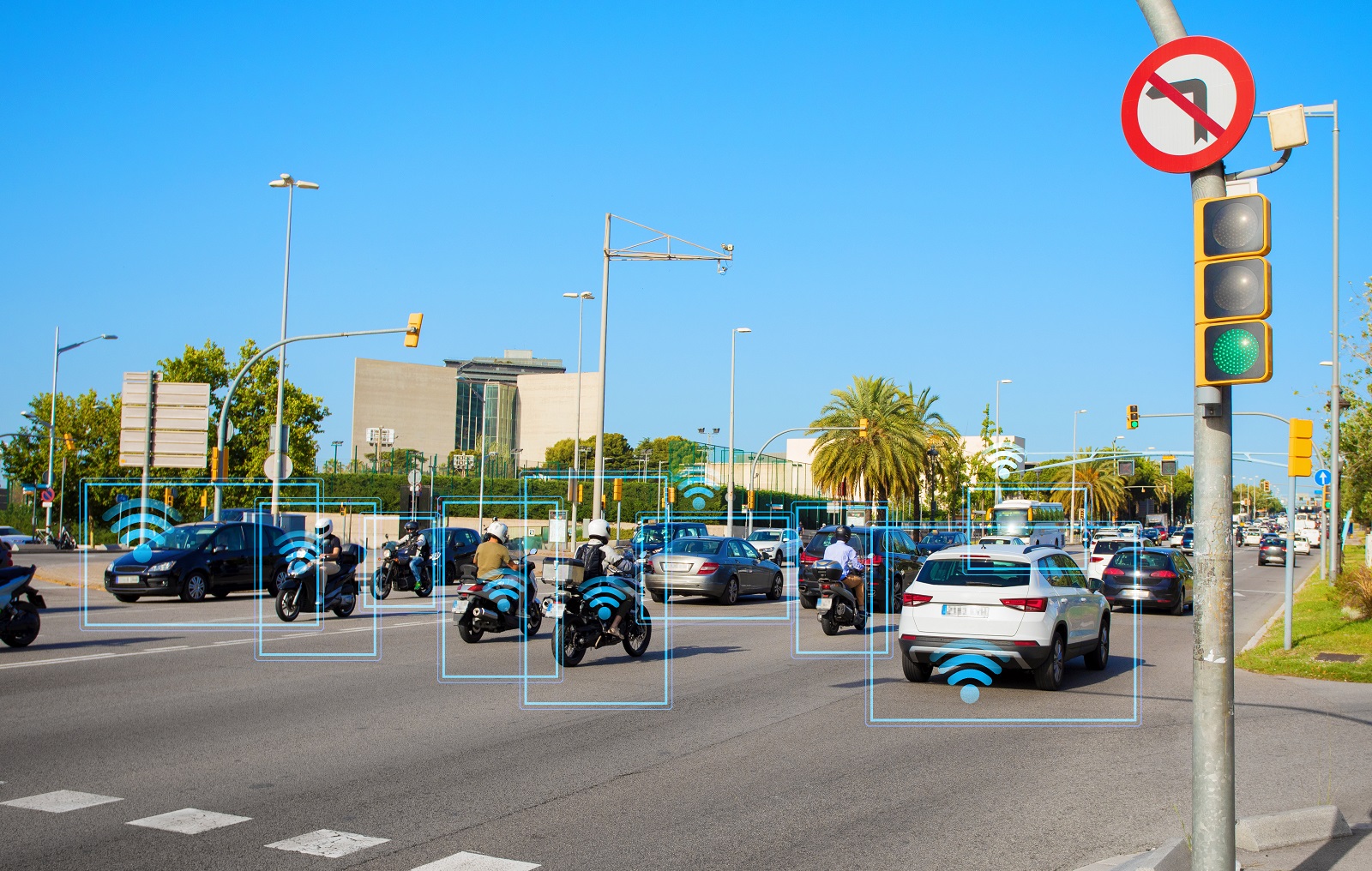
Image Credit: Shutterstock / Kicking Studio
Autonomous vehicles communicate with each other to maintain optimal speed and spacing. This coordination can cut down on traffic jams and improve overall flow.
3. More Accessible Transportation

Image Credit: Shutterstock / aslysun
Self-driving cars open doors for those who can’t drive due to age, disability, or other reasons. Everyone gets a chance to move freely.
4. Changes to Car Ownership
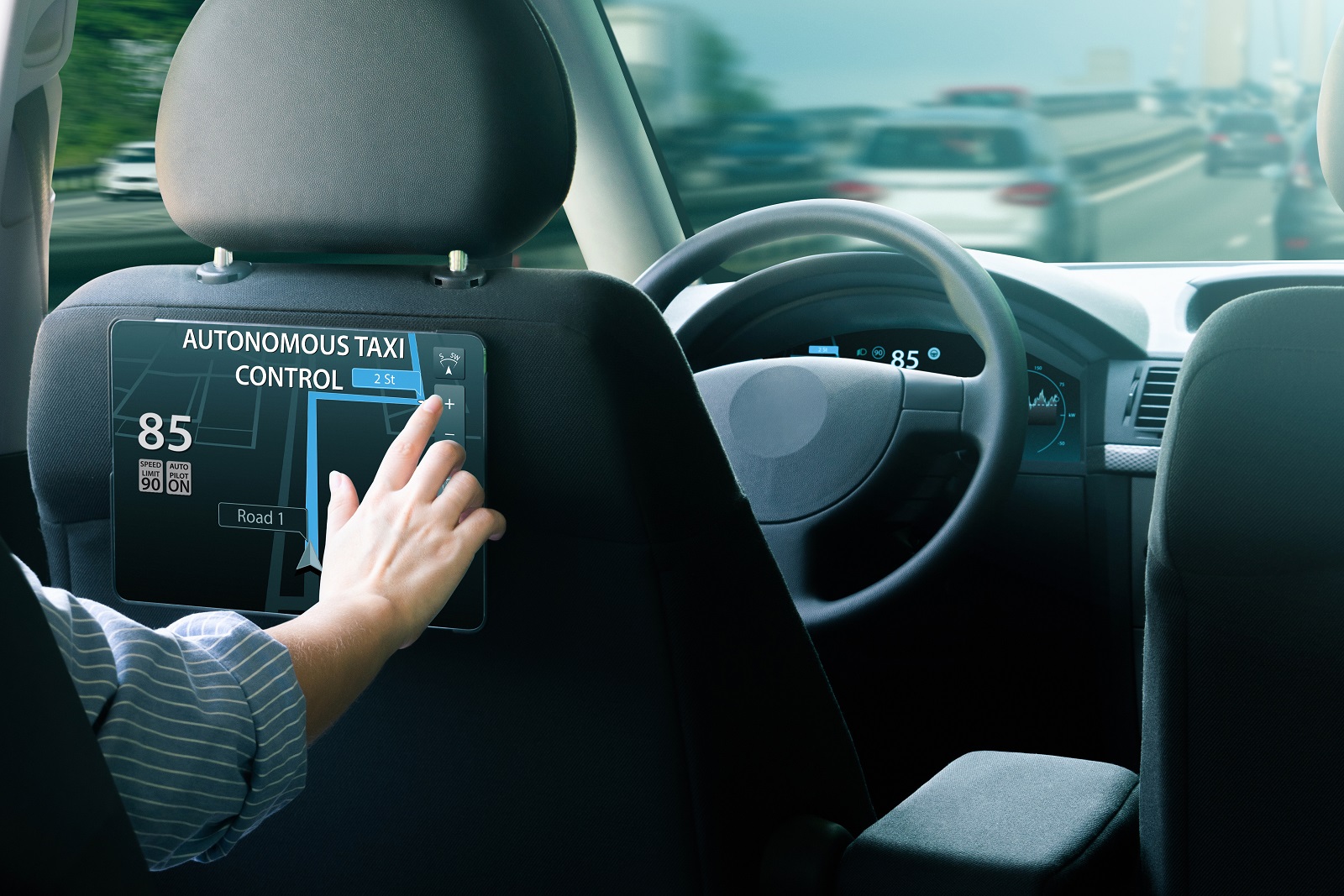
Image Credit: Shutterstock / Scharfsinn
Why own a car if you can call an autonomous taxi? This shift could reduce the number of cars on the road and change how we view vehicle ownership.
5. Enhanced Fuel Efficiency
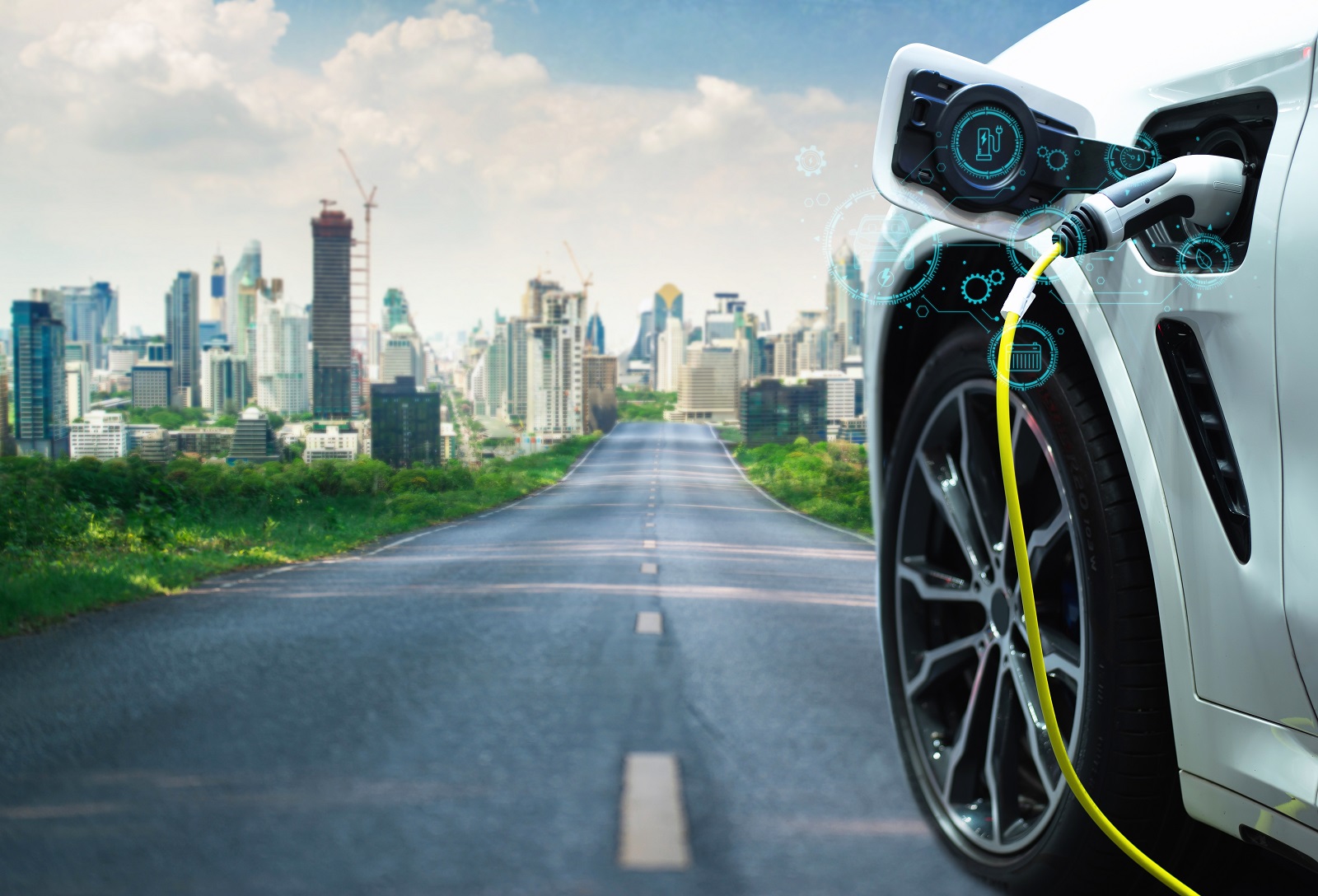
Image Credit: Shutterstock / CC7
Autonomous cars optimize driving patterns for fuel efficiency, helping reduce emissions and save on gas costs.
6. Less Need for Parking

Image Credit: Shutterstock / Nach-Noth
If cars can drop you off and pick you up, they don’t need to park nearby. This change could free up city space for parks or housing.
7. Impact on Insurance and Liability

Featured Image Credit: Shutterstock /
Dusan Petkovic
Who’s at fault in an autonomous car accident? This question is reshaping the insurance industry and legal standards.
8. Jobs and the Economy

Image Credit: Shutterstock / Ground Picture
As some driving jobs fade, new tech and maintenance roles will emerge. The shift will have a big impact on the job market.
9. Data Privacy and Security
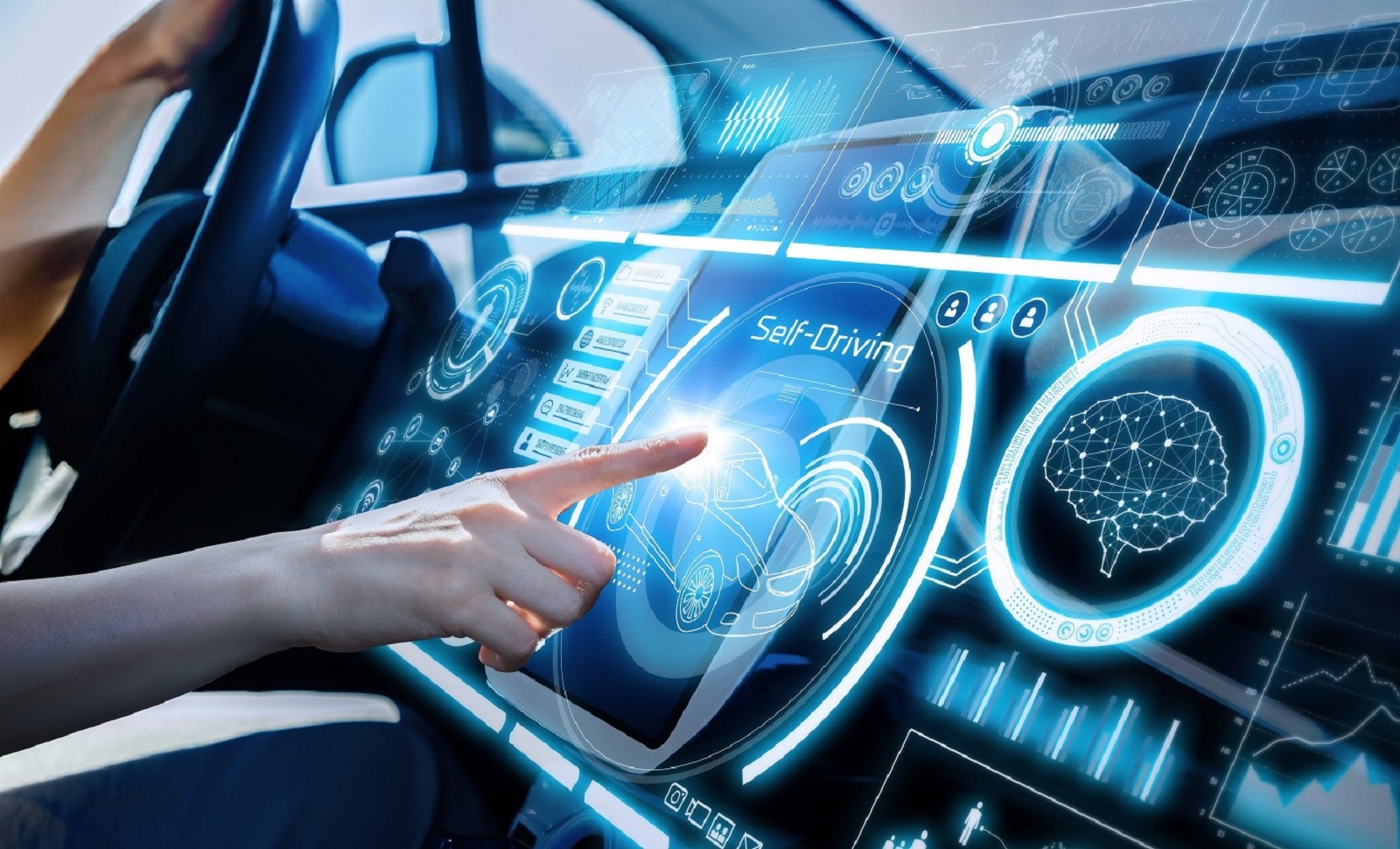
Image Credit: Shutterstock / metamorworks
Self-driving cars collect a lot of data. Ensuring this information is secure and private is a major challenge and concern.
10. Infrastructure Upgrades
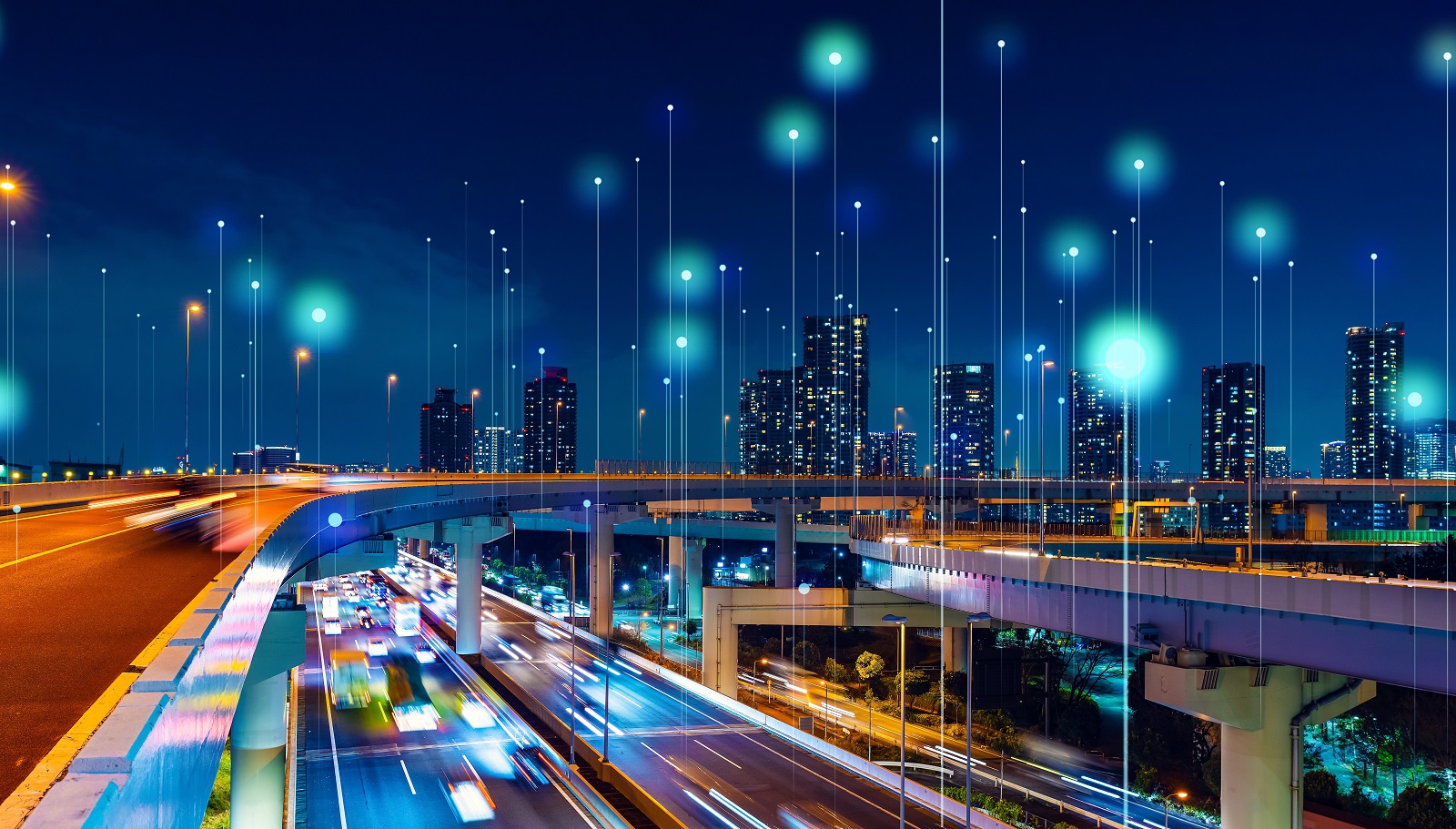
Image Credit: Shutterstock / metamorworks
Roads, signals, and regulations need updates to accommodate autonomous vehicles. This means big investments and planning.
11. Public Trust and Acceptance

Image Credit: Shutterstock / fizkes
People need to trust the tech before they’ll give up the wheel. Education and successful trials are key to winning hearts and minds.
12. The Global Race
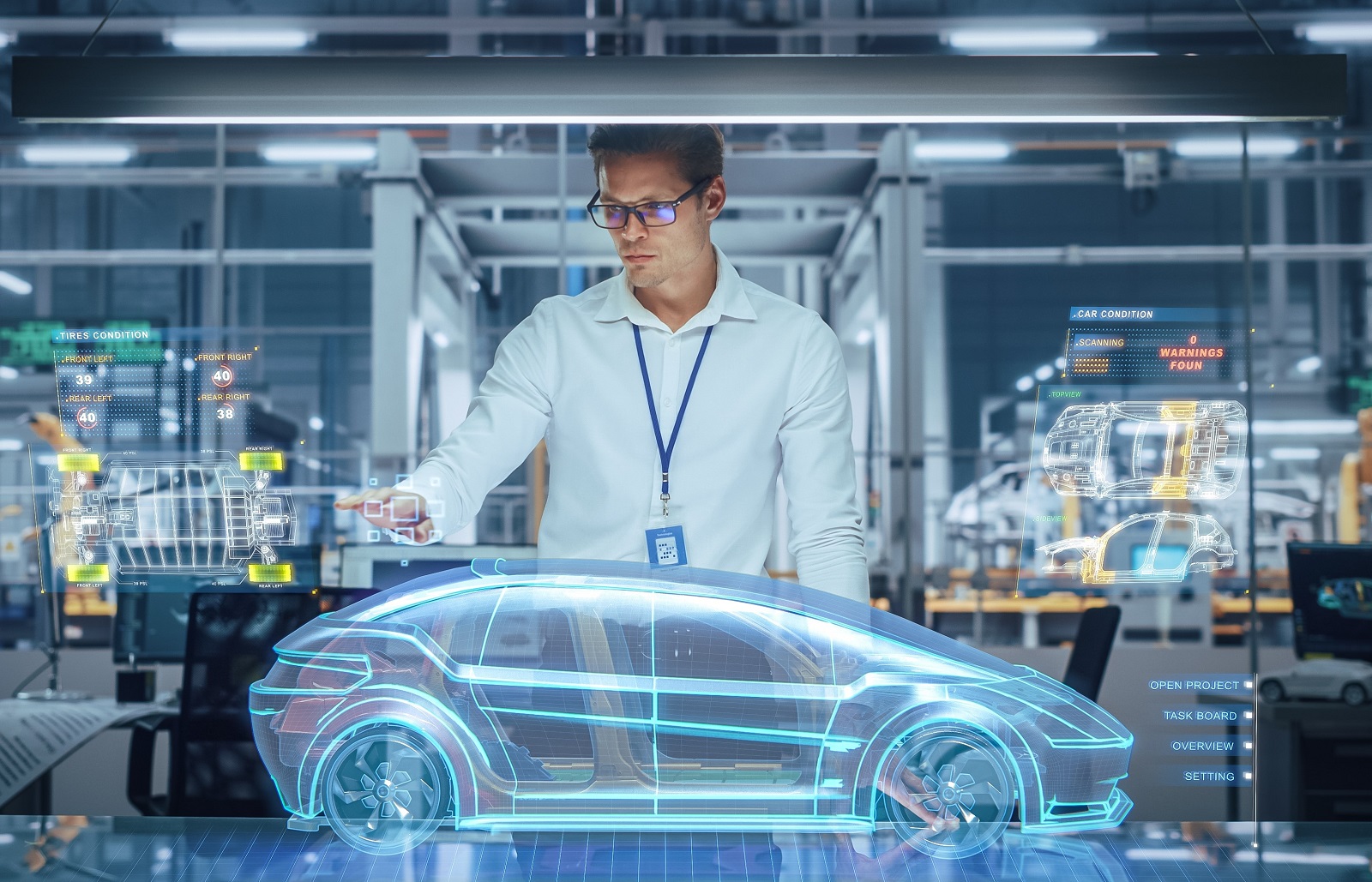
Image Credit: Shutterstock / Gorodenkoff
Countries are competing to lead in autonomous tech. Being first could mean big advantages in tech, manufacturing, and influence.
Auto Pilot Thoughts
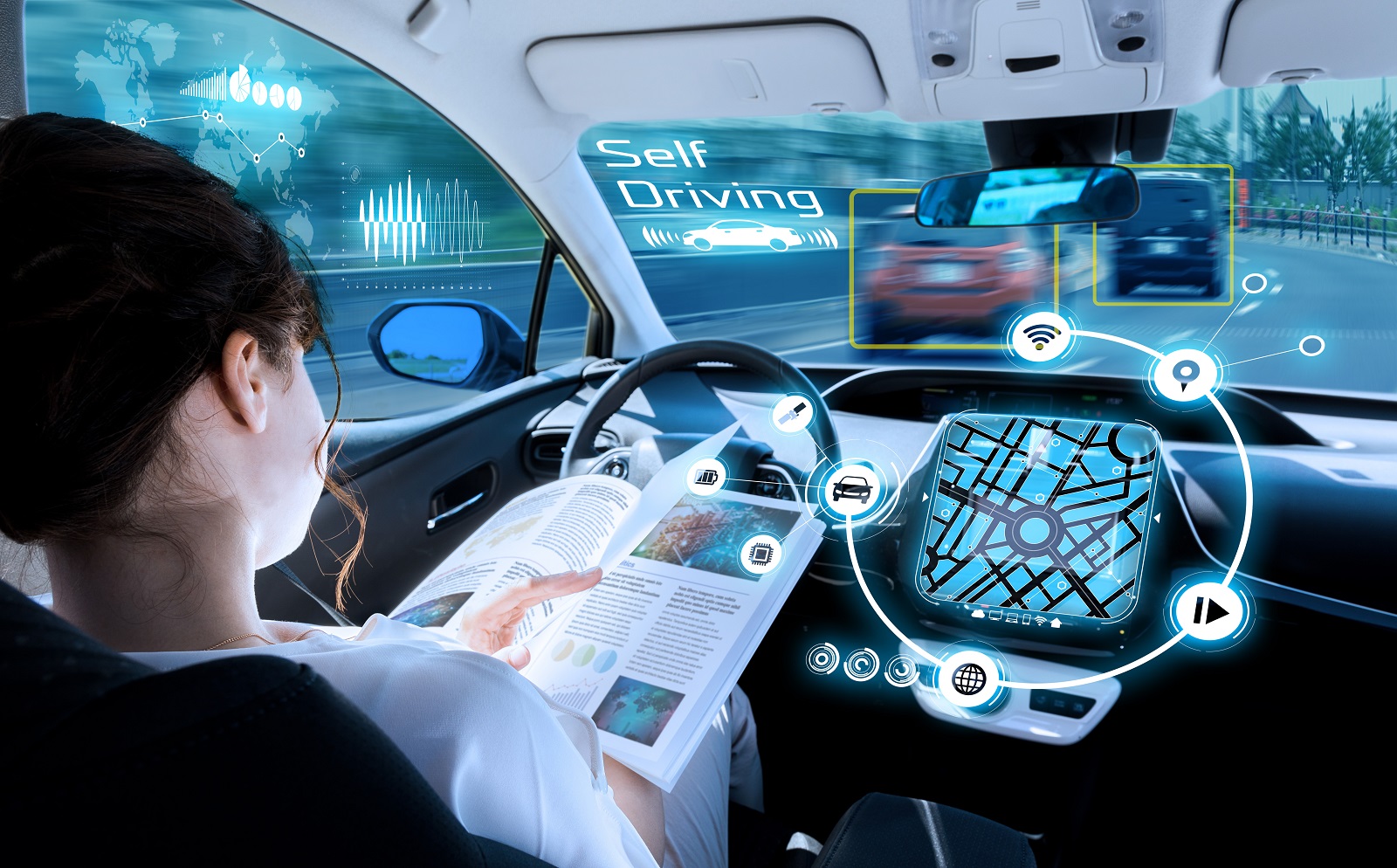
Image Credit: Shutterstock / metamorworks
Autonomous tech isn’t just changing cars; it’s changing everything about how we live and move. The road ahead is exciting, and we’re just getting started.
Police Magnet: 7 Cars That Guarantee You’ll Get Pulled Over
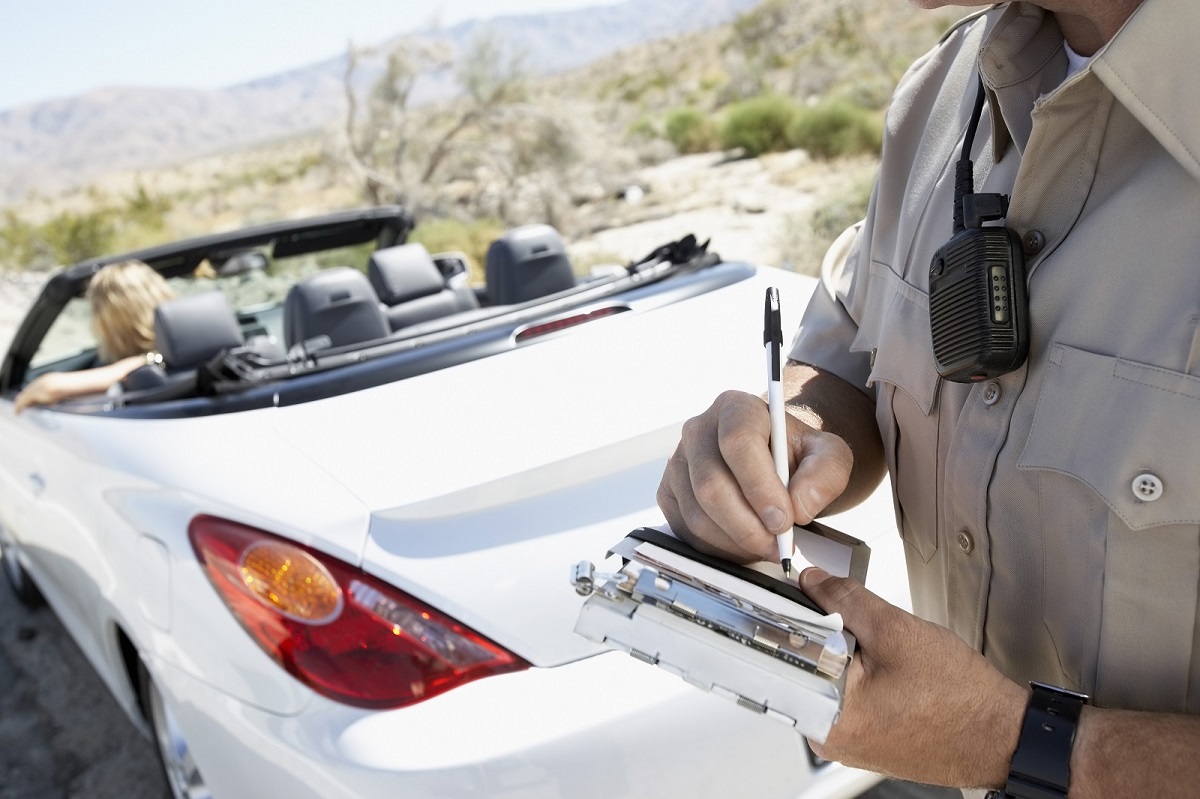
Image Credit: Shutterstock / sirtravelalot
Driving certain cars can make you more noticeable to law enforcement, even if you’re abiding by all the rules. Are you driving one of these “police magnets”? Here are seven cars that seem to attract more police attention than others. Police Magnet: 7 Cars That Guarantee You’ll Get Pulled Over
The Classic Cars That Were Total Clunkers
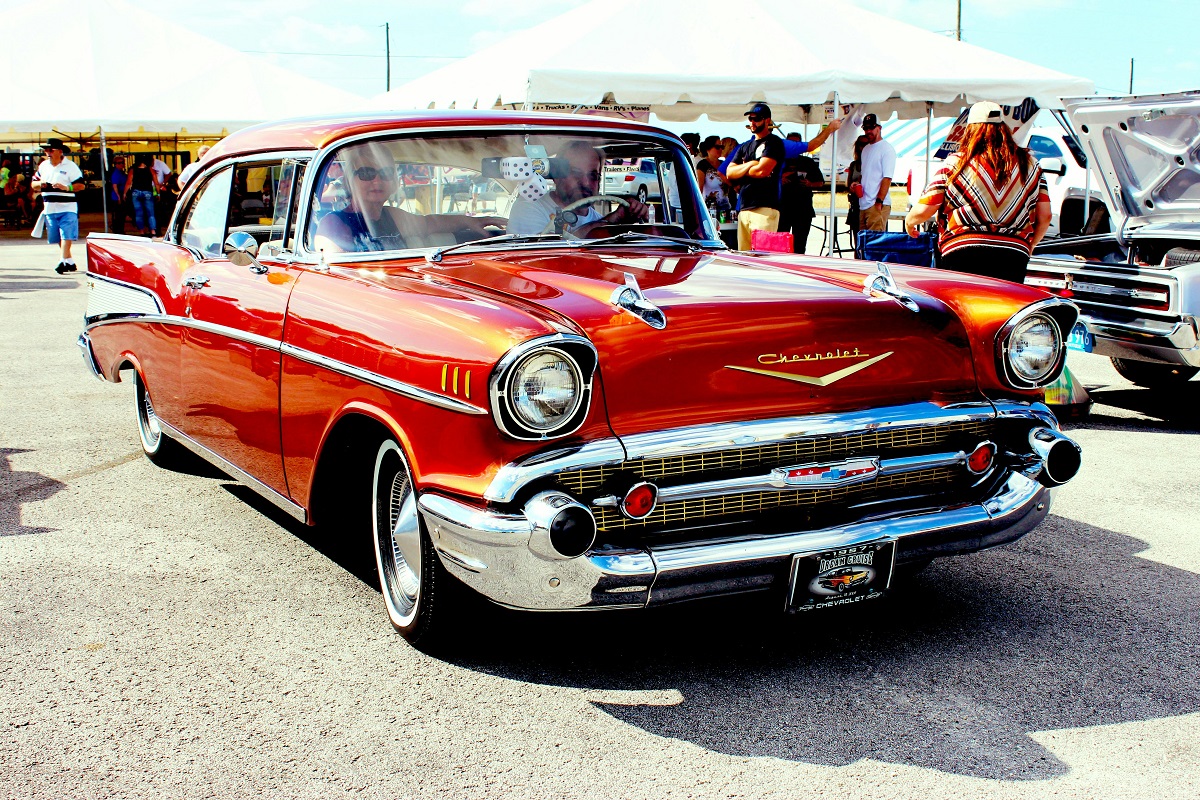
Image Credit: Pexels / Pixabay
Nostalgia has a funny way of making the past seem better than it was, especially when it comes to cars. But here’s the hard truth: some of those “classic” cars your dad raves about were real clunkers. Here’s a closer look at why some of those so-called “classics” weren’t all they were cracked up to be. The Classic Cars That Were Total Clunkers
The Worst U.S. Cars Ever Made: A Retro List
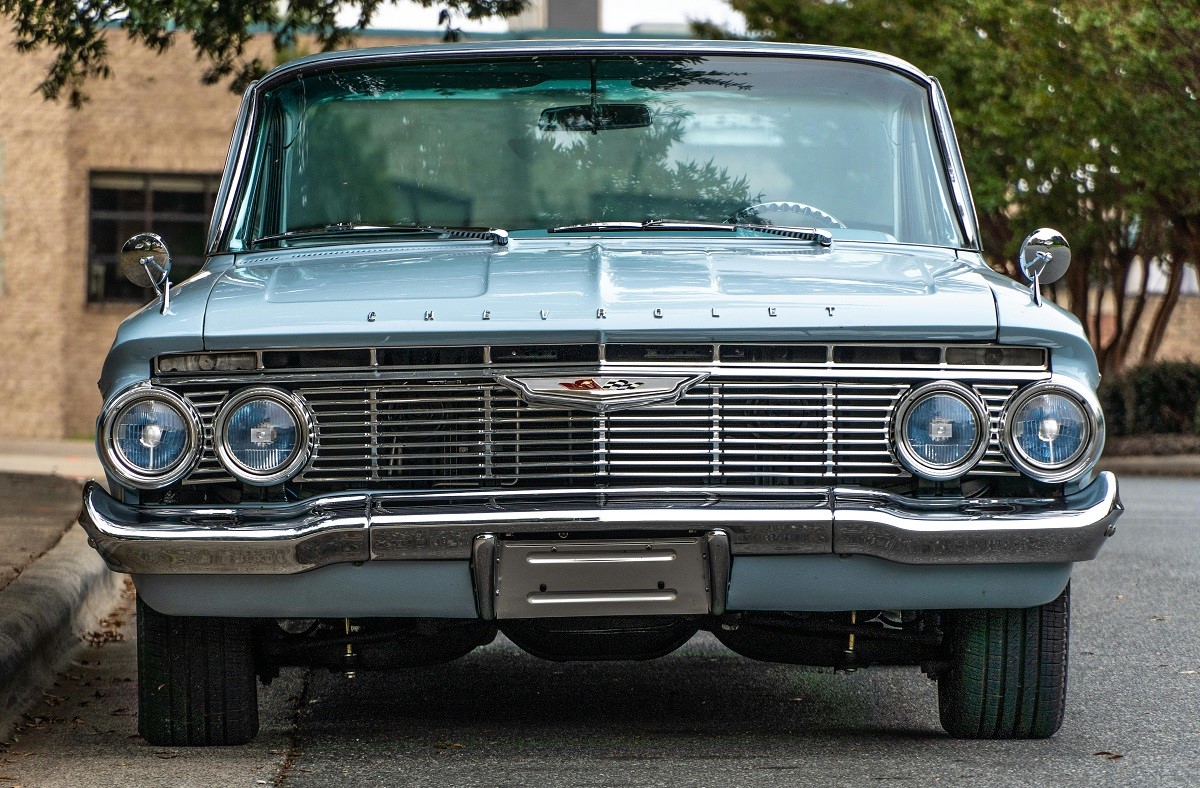
Image Credit: Pexels / Be The Observer
The U.S. auto industry has produced some incredible vehicles, but not every model was a hit. Here’s a look back at 16 of the worst cars ever made in the U.S., each infamous for its own unique flaws. The Worst U.S. Cars Ever Made: A Retro List
Featured Image Credit: Shutterstock / AlinStock .
For transparency, this content was partly developed with AI assistance and carefully curated by an experienced editor to be informative and ensure accuracy.
The images used are for illustrative purposes only and may not represent the actual people or places mentioned in the article.
